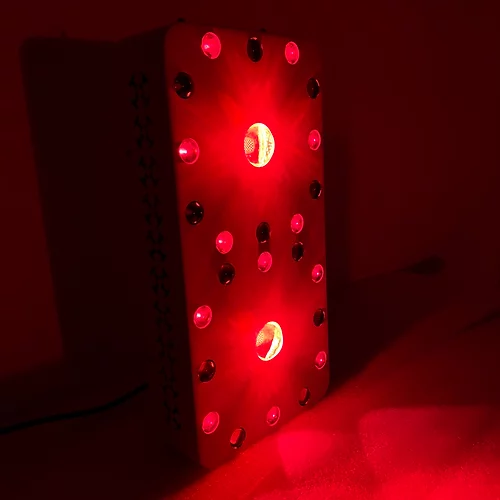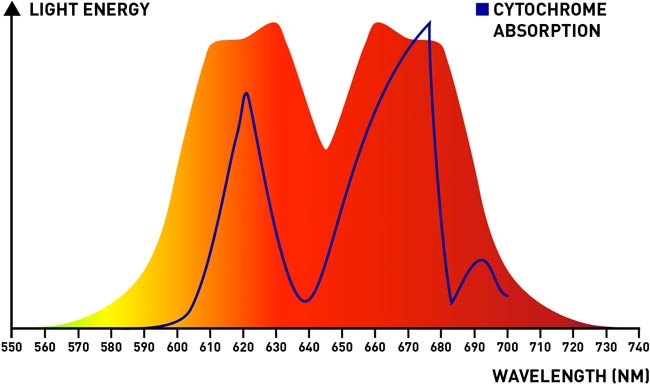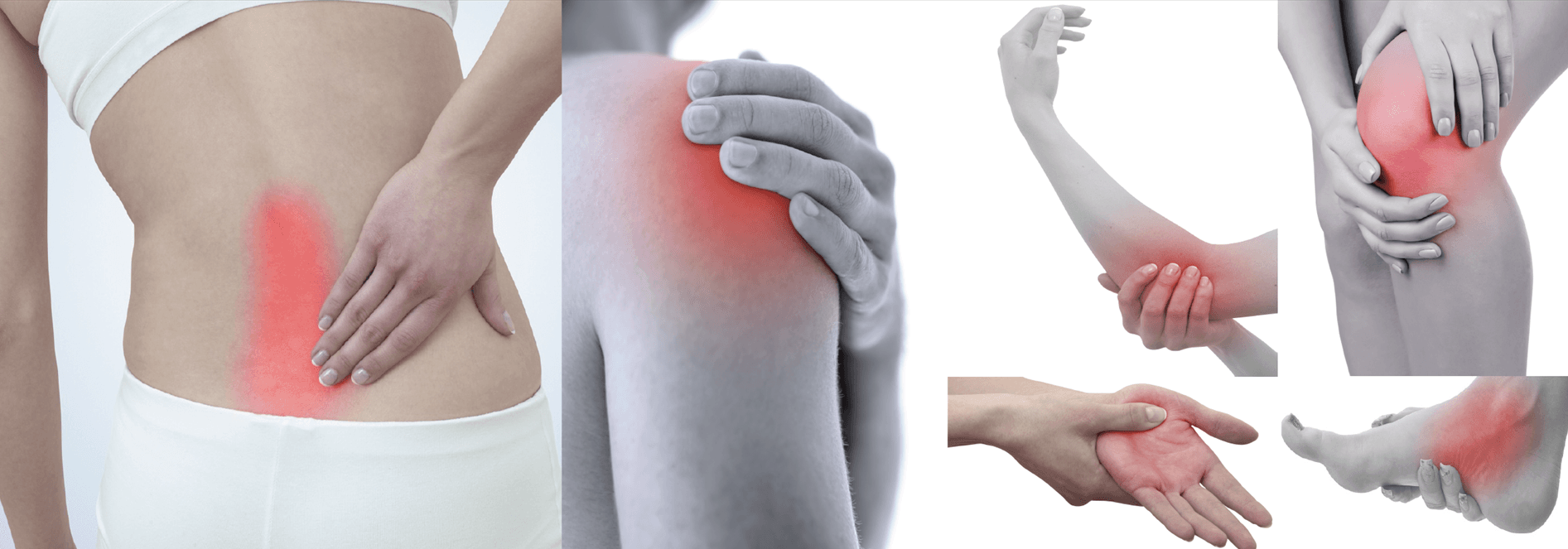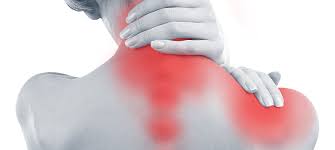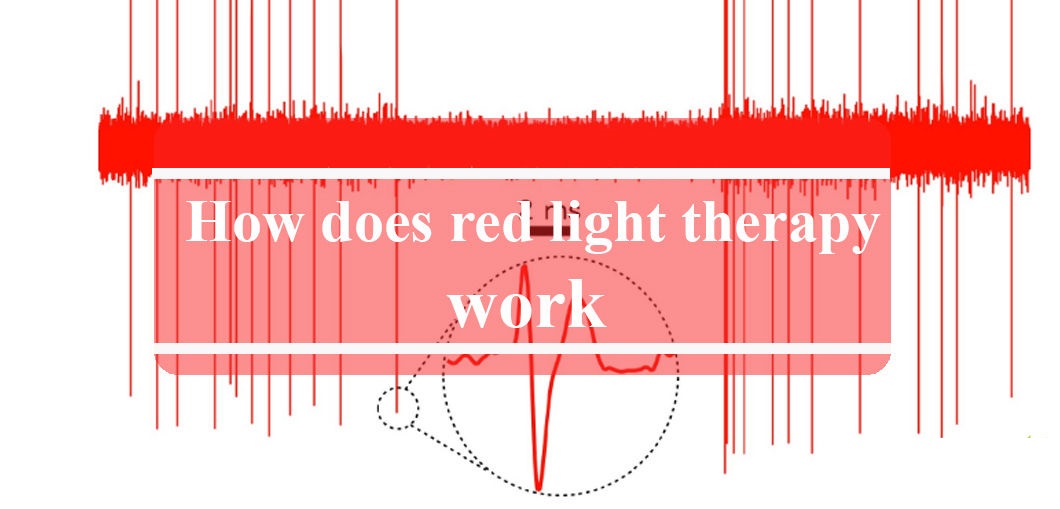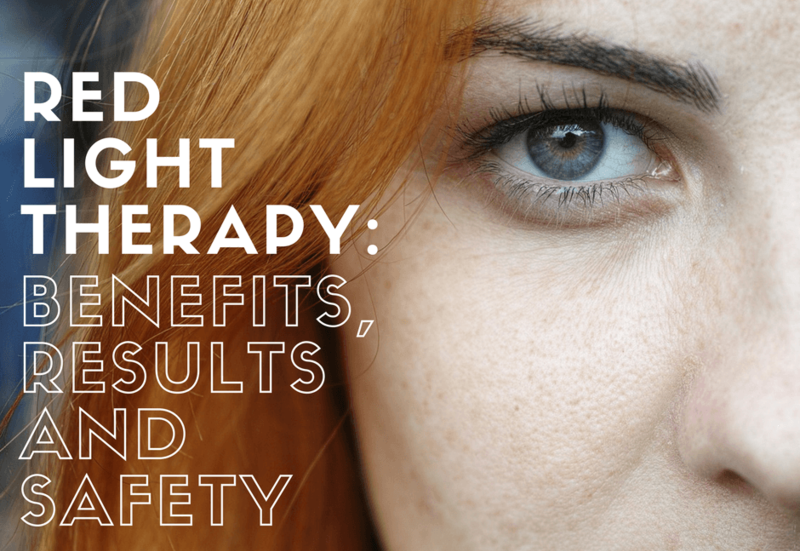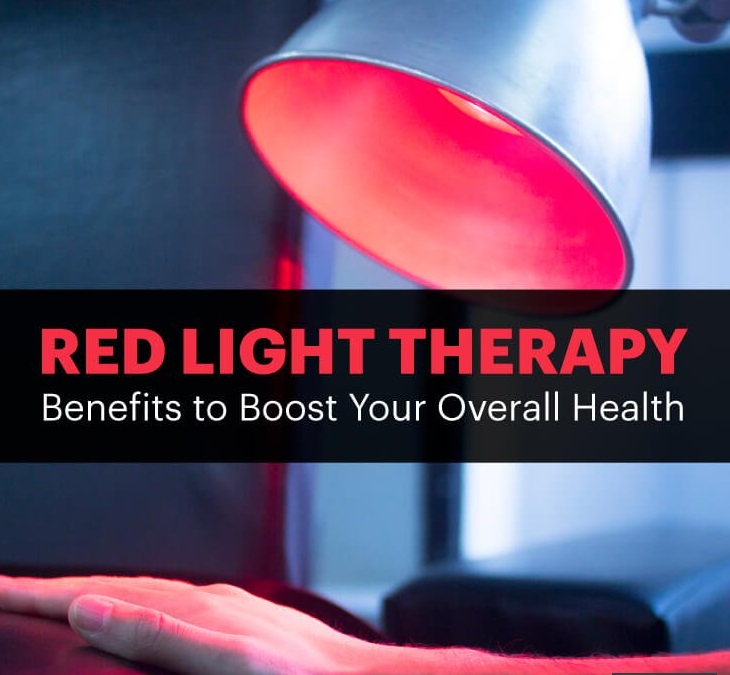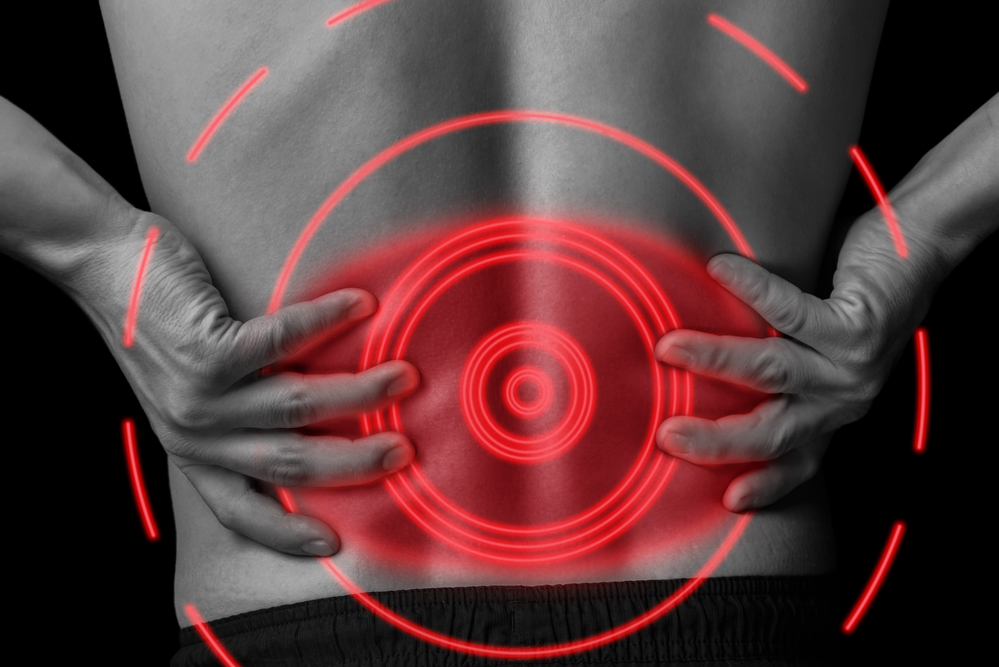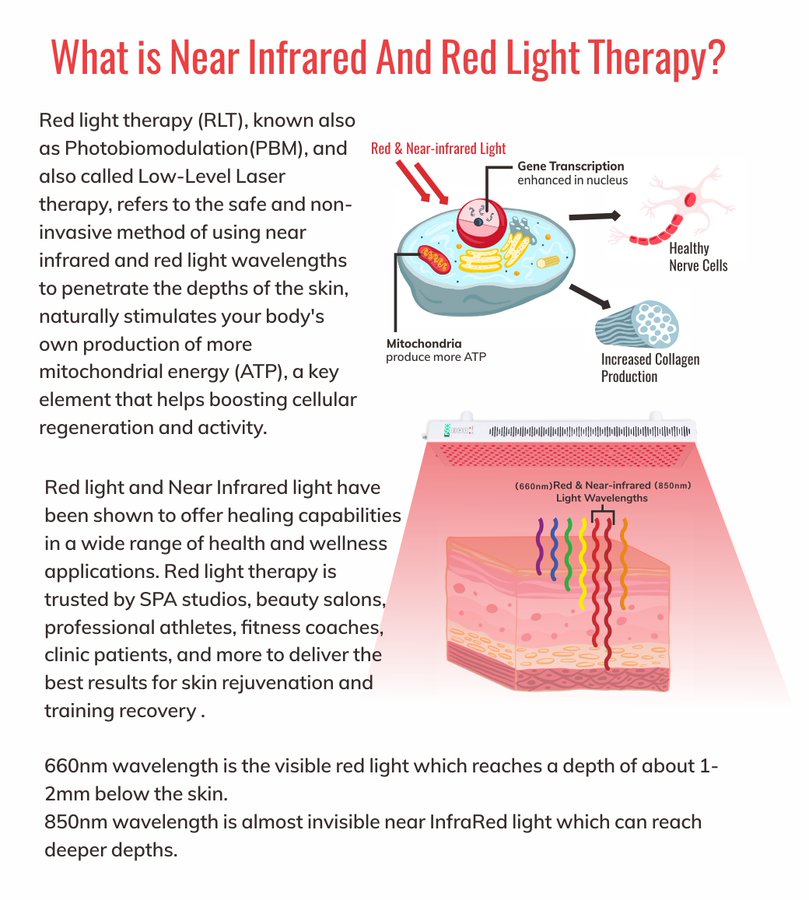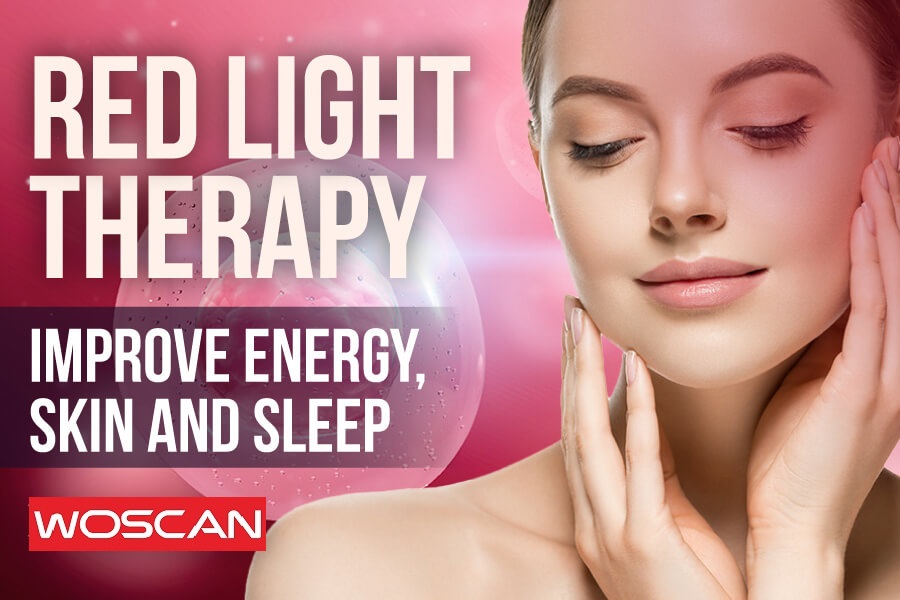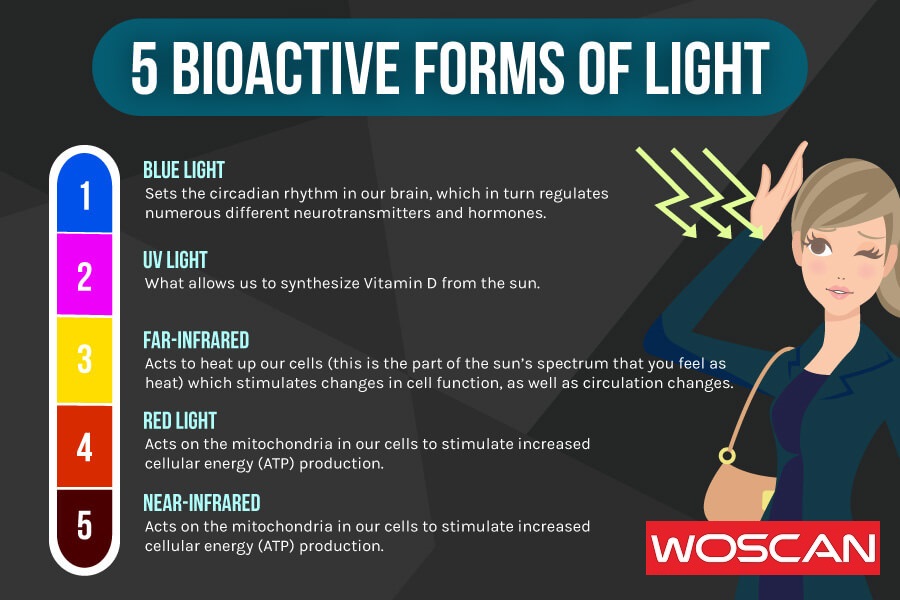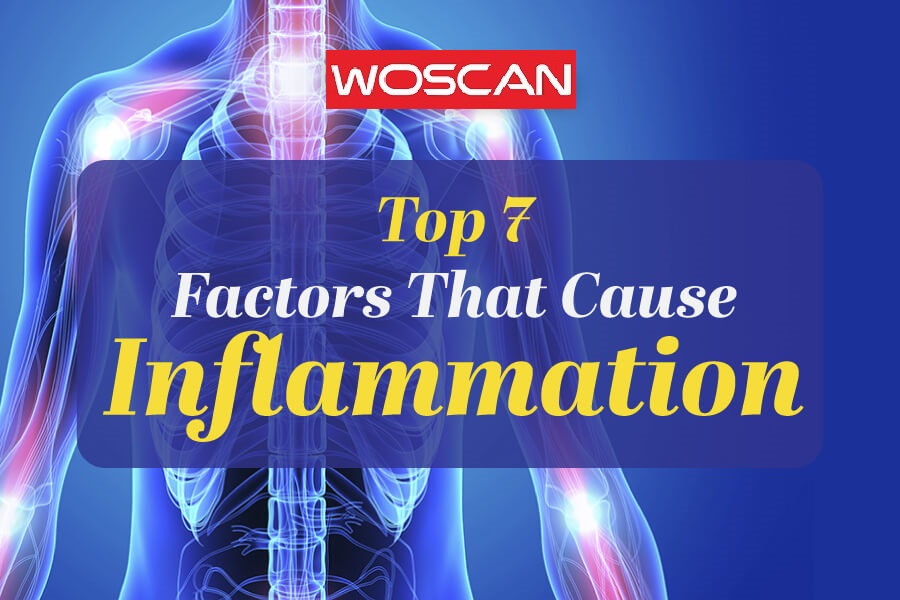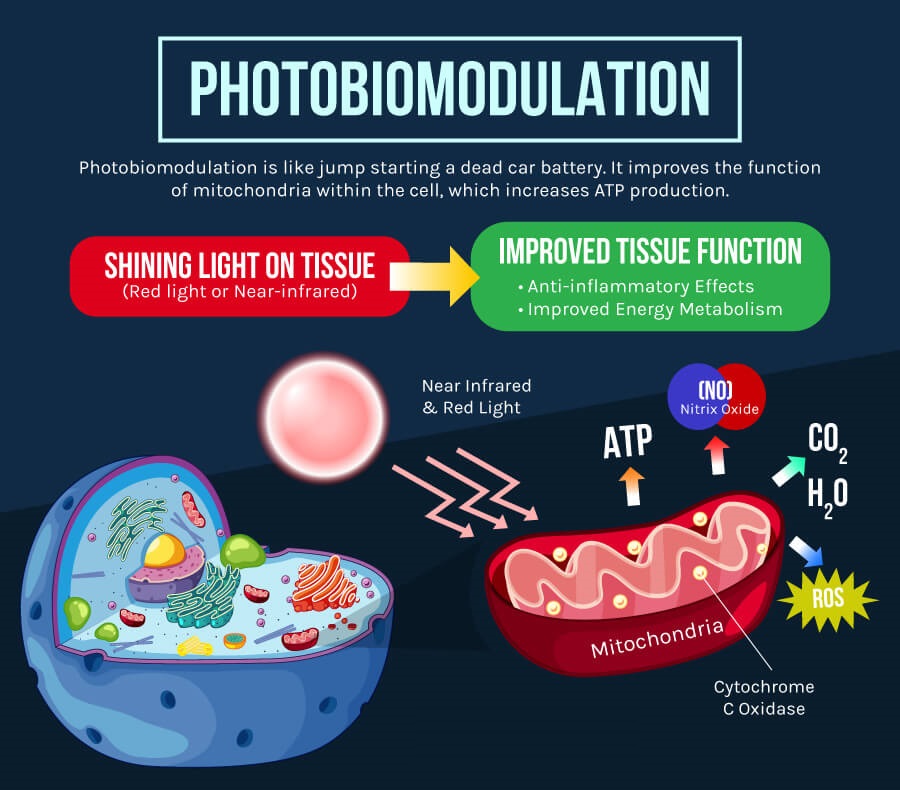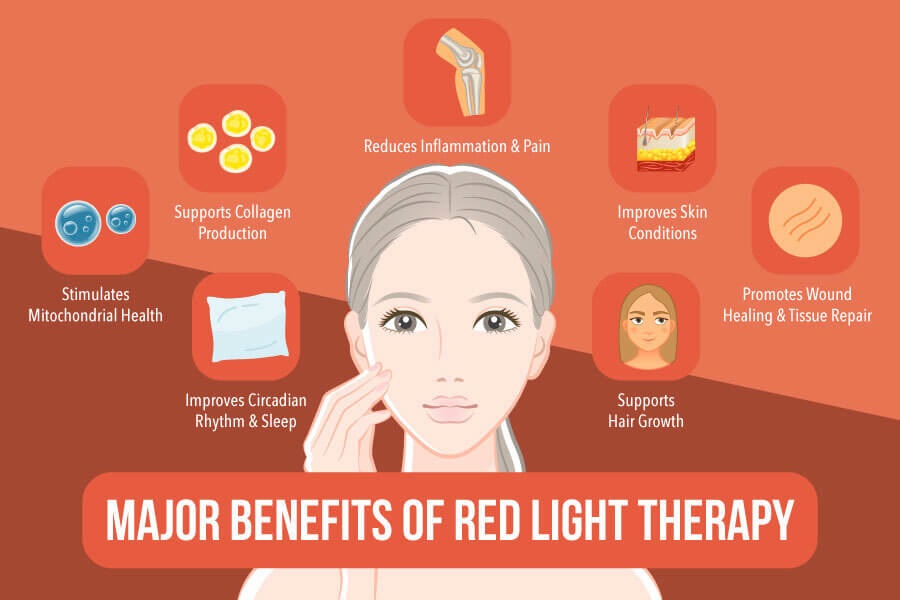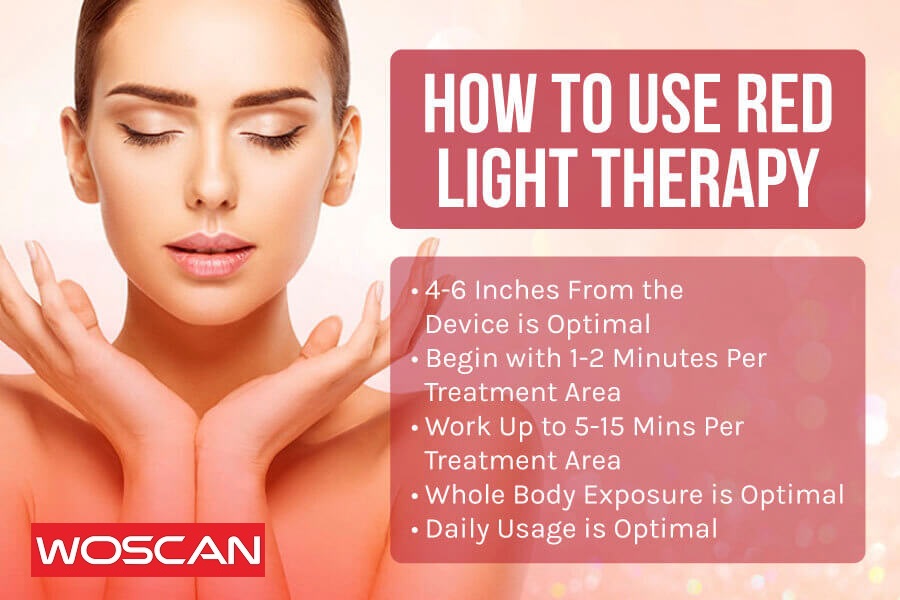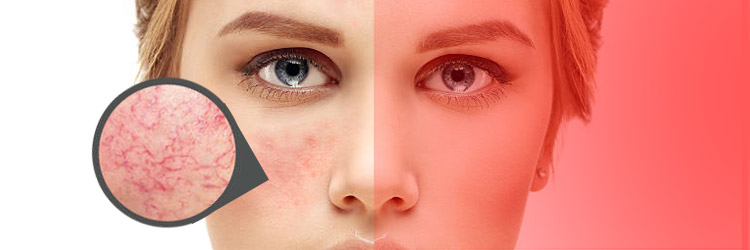
Welcome to this comprehensive guide on the transformative benefits of Red Light Therapy, specifically focusing on its remarkable efficacy in scar reduction. If you’ve been scouring the internet for effective ways to minimize or even erase those lingering marks on your skin, you may have encountered numerous methods with varying degrees of success. One of the most intriguing and scientifically-backed options available is Red Light Therapy, a non-invasive option that has captured the attention of healthcare professionals and beauty experts alike.
Whether you’re dealing with scars from surgery, acne, injuries, or burns, Red Light Therapy offers a promising solution that combines cutting-edge technology with our body’s own natural healing mechanisms. This article aims to serve as an in-depth resource, outlining how Red Light Therapy works, its potential benefits, and what you can expect from this therapy. By the end of this guide, you’ll be equipped with the knowledge you need to make an informed decision about whether red light therapy is the right choice for your scar.
Read on as we delve deep into this fascinating topic and shed light, quite literally, on how you can improve your skin’s appearance and health.
What is Red Light Therapy?
Red Light Therapy, also known as Photobiomodulation or Low-Level Laser Therapy (LLLT), is a non-invasive technique that utilizes specific wavelengths of light to stimulate cellular activity. Unlike UV rays or laser treatments that can damage the skin, red light therapy is safe and gentle, harnessing low-level wavelengths to offer a range of therapeutic benefits.
TYPES OF RED LIGHT WAVELENGTHS AND THEIR BENEFITS
The efficacy of Red Light Therapy is largely dependent on the wavelength used. Here are some common types of wavelengths and their corresponding benefits:
- 630-660 nm (Nanometers): This range is often referred to simply as “red light.” It is effective for surface-level therapies and is commonly used to improve skin health, increase collagen production, and reduce the appearance of scars.
- 810-850 nm: Known as “near-infrared light,” these wavelengths penetrate deeper into the skin and underlying tissues. They are often used to treat muscle pain, inflammation, and deeper scars.
FDA REGULATION AND SAFETY PARAMETERS
Red Light Therapy devices that are FDA-cleared have undergone the proper registration and application with the FDA to ensure compliance. Many high-quality, at-home devices are available on the market, but it is crucial to use them according to manufacturer guidelines. If you’re seeking red light therapy through a healthcare professional, ensure that they are using FDA-cleared equipment and protocols.
Red Light Therapy is a revolutionary, non-invasive therapy option that offers a host of benefits, including the improvement of various types of scars. By utilizing specific wavelengths of light, this therapy triggers natural healing processes, making it an effective, scientifically-backed method for improving skin health.
How Does Red Light Therapy Work?
Understanding the science behind Red Light Therapy is essential for appreciating its healing potential, especially when it comes to treating scars. So, how exactly does this non-invasive therapy work to revitalize cells and encourage skin repair?
PENETRATION OF RED LIGHT INTO THE SKIN
When exposed to red or near-infrared light, your skin absorbs these wavelengths, allowing them to penetrate various depths depending on the specific wavelength used. While red light (around 630-660 nm) is more beneficial for surface-level skin issues, near-infrared light (810-850 nm) can reach deeper tissues, making it effective for more profound scars or underlying inflammation.
BIOLOGICAL MECHANISMS INVOLVED
The magic happens at the cellular level, specifically in the mitochondria, the “powerhouses” of the cell. Here, the absorbed light interacts with chromophores, which are molecular light-absorbing elements within the cell.
In the words of a study titled “Proposed Mechanisms of Photobiomodulation or Low-Level Light Therapy,” “One of the most important chromophores is cytochrome c oxidase (unit IV in the mitochondrial respiratory chain), which contains both heme and copper centers and absorbs light into the near-infra-red region.”[1] Essentially, this interaction boosts the cell’s ability to produce energy (in the form of ATP), which in turn catalyzes various cellular activities, including tissue repair and regeneration.
ANTI-INFLAMMATORY EFFECTS
Another crucial benefit of Red Light Therapy is its anti-inflammatory action. According to a study titled “Mechanisms and applications of the anti-inflammatory effects of photobiomodulation,” “One of the most reproducible effects of PBM (Photobiomodulation) is an overall reduction in inflammation, which is particularly important for disorders of the joints, traumatic injuries, lung disorders, and in the brain.”[2]
In the context of scar healing, the reduction of inflammation is vital. Inflammation can contribute to scar formation and may exacerbate existing scars. By mitigating this inflammatory response, Red Light Therapy can both aid in the initial stages of wound healing and improve the appearance of existing scars.
Red Light Therapy works by penetrating the skin to stimulate cellular activity, encourage energy production, and reduce inflammation. These actions collectively create an environment conducive to healing, making red light therapy a potent option for those looking to treat scars.
The Anatomy of a Scar
Before diving into how Red Light Therapy can help in the healing of scars, it’s important to understand what a scar actually is and how it forms. Knowing the different types of scars and the biological processes behind them can provide you with a better understanding of how Red Light Therapy can be most effective for your specific situation.
DIFFERENT TYPES OF SCARS
Scars can manifest in various forms, depending on several factors such as the nature of the injury, the body part affected, and your individual healing process. Here are some common types of scars:
- Keloid Scars: These are raised scars that extend beyond the boundary of the original injury. They can be tough to treat and may require specialized attention.
- Hypertrophic Scars: Similar to keloid scars but less aggressive, hypertrophic scars are raised and red but tend to stay within the limits of the original injury.
- Atrophic Scars: These scars form a depression or sunken area on the skin. They are common aftermaths of acne or chickenpox.
- Contracture Scars: These scars result from the skin shrinking and tightening, usually after a burn. They can also affect muscles and tendons, limiting movement.
HOW SCARS FORM AND THE NATURAL HEALING PROCESS
When your skin suffers an injury, your body jumps into action to repair the wound. The skin healing process typically involves several stages:
- Hemostasis: Immediate clotting of the wound to stop bleeding.
- Inflammation: Redness, heat, and swelling occur as the body works to remove debris and fight off bacteria.
- Proliferation: The formation of new tissue begins.
- Maturation: The new tissue strengthens, and the wound fully closes.
Scar formation is part of the natural healing process, representing the final stage of skin repair. However, the appearance and texture of the scar can vary depending on factors like age, genetics, and the depth and location of the wound.
CHALLENGES OF SCAR HEALING
Scar healing can be complex and often involves multi-faceted approaches. Traditional methods include surgical revision, laser treatment, and topical products like silicone sheets or vitamin E oil. However, these methods can be invasive, expensive, or slow to show results. Hence, there is a constant search for more effective and less invasive options, such as Red Light Therapy.
Understanding the anatomy of a scar and the biological processes behind scar formation can help you choose the most effective option. Armed with this knowledge, you’ll be better prepared to explore how Red Light Therapy can assist in the healing of different types of scars.
How Red Light Therapy Benefits Scar Healing
After gaining insights into the science behind Red Light Therapy and understanding the anatomy of scars, you may be wondering: How does red light therapy specifically benefit scar healing? Well, you’re in luck, because this section delves into that very subject, supported by clinical studies and scientific evidence.
SPECIFIC WAVELENGTHS BENEFICIAL FOR SCAR HEALING
As we’ve previously discussed, different wavelengths penetrate the skin at various depths. For scar healing, the 830-nm wavelength, which is in the near-infrared range, has been shown to be particularly effective. This wavelength penetrates deeper into the skin, reaching the dermal layers where scars form.
EFFECT ON COLLAGEN PRODUCTION AND CELLULAR TURNOVER
One of the key aspects of scar healing involves the regeneration of skin tissue, and at the heart of this process is collagen production. Red Light Therapy has been shown to increase the production of collagen, a protein essential for maintaining skin’s elasticity and strength. Higher collagen levels can improve the texture of the scar, making it blend more naturally with the surrounding skin.
REDUCTION OF INFLAMMATION AND REDNESS
As mentioned in the previous section, Red Light Therapy has significant anti-inflammatory effects. By reducing inflammation, the therapy can minimize the excessive fibrous tissue formation commonly associated with hypertrophic and keloid scars. This leads to scars that are less raised and have a softer texture.
SUPPORTING SCIENTIFIC EVIDENCE
A study titled “Photobiomodulation therapy with an 830-nm light-emitting diode for the prevention of thyroidectomy scars: a randomized, double-blind, sham device-controlled clinical trial” concludes: “In conclusion, early application of 830-nm LED-based photobiomodulation treatment significantly prevents hypertrophic scar formation and reduces postoperative pain without noticeable adverse effects.”[3]
This compelling evidence underscores the efficacy of Red Light Therapy in treating scars, particularly hypertrophic types. Not only does it prevent the formation of raised scars, but it also alleviates postoperative pain, offering a dual benefit.
Who Can Benefit from Red Light Therapy for Scars?
Red Light Therapy is an all-encompassing therapy with various applications. But when it comes to scar healing, who stands to benefit the most? Let’s explore the groups of people who can make the most out of this innovative method.
INDIVIDUALS WITH FRESH SCARS
If you’ve recently undergone surgery, experienced a traumatic injury, or have a new scar for any reason, Red Light Therapy can be particularly beneficial in the early stages of healing. This therapy can help to reduce inflammation, speed up the skin regeneration process, and potentially minimize the appearance of the scar as it forms.
THOSE WITH OLDER SCARS
While fresh scars are easier to treat, Red Light Therapy can also benefit those with older, more established scars. Through increased collagen production and enhanced cellular activity, this therapy can improve the appearance, texture, and elasticity of older scars.
ACNE SUFFERERS
Individuals dealing with post-acne scars, particularly atrophic scars (the indented or sunken scars often left by severe acne), may find relief through Red Light Therapy. The therapy can stimulate collagen production to fill in the indented areas and accelerate skin regeneration to improve the overall texture.
BURN VICTIMS
Contracture scars, often resulting from burns, can cause skin tightening that restricts movement. Red Light Therapy has the potential to improve the elasticity of such scars, making it a valuable option for burn victims.
INDIVIDUALS WITH HYPERTROPHIC OR KELOID SCARS
As the previously mentioned study highlighted, Red Light Therapy can be significantly effective in preventing the formation of hypertrophic scars and could be beneficial for those who are prone to developing keloid or hypertrophic scars.
CHILDREN AND SENSITIVE INDIVIDUALS
Since Red Light Therapy is a non-invasive and gentle therapy method, it is suitable for all age groups, including children. Additionally, people with sensitive skin who may not tolerate stronger scar techniques well can opt for this mild yet effective option.
POST-SURGICAL PATIENTS
Patients who have undergone surgeries that are prone to leave scars can also benefit from early application of Red Light Therapy. It not only helps in minimizing scar appearance but also reduces postoperative pain, as supported by scientific evidence.
In conclusion, virtually anyone dealing with scars, be it new or old, from acne, injuries, surgeries, or burns, can consider Red Light Therapy as an option. Its non-invasive nature, backed by scientific research, makes it a versatile and effective method for improving the appearance and health of scars.
Frequently Asked Questions
While the potential of Red Light Therapy for scars is compelling, it’s natural to have some questions about how it all works. In this section, we address some of the most frequently asked questions about using RLT for scars.
HOW LONG DOES IT TAKE TO SEE RESULTS?
The time frame for seeing results can vary depending on the type of scar, its age, and how consistently you undergo therapy. Some individuals report visible improvements in as little as a few weeks, while for others, it may take a couple of months. Consistency is key.
IS RED LIGHT THERAPY PAINFUL?
One of the significant advantages of RLT is that it’s a non-invasive and painless procedure. Most people find the therapy to be comfortable and even relaxing.
CAN I PERFORM RED LIGHT THERAPY AT HOME?
Yes, there are various FDA-cleared Red Light Therapy devices available for at-home use. Just ensure to follow the manufacturer’s guidelines for usage and consult your for personalized recommendations.
ARE THERE ANY SIDE EFFECTS?
RLT is generally considered safe, especially when using FDA-certified devices. However, it’s always advisable to start with shorter session times and work your way up.
CAN I COMBINE RED LIGHT THERAPY WITH OTHER SCAR STRATEGIES?
Many people find that combining red light therapy with other scar strategies, like silicone sheets or vitamin E oil, produces even better results. However, it’s essential to use red light therapy before applying anything to the skin, as it reduces light absorption.
IS RED LIGHT THERAPY ONLY FOR SKIN ISSUES?
No, RLT has a range of applications beyond skin care, including pain relief, muscle recovery, and improving certain medical conditions. Its versatility makes it an attractive investment.
HOW MANY SESSIONS WILL I NEED?
The number of sessions required can vary based on your specific needs. Some people may need only a handful of therapies, while others may require ongoing sessions. Ideally, a session a day would be the best for accelerated healing.
DOES RED LIGHT THERAPY TREAT ONLY HYPERTROPHIC AND KELOID SCARS?
While research shows that RLT is particularly effective for hypertrophic scars, it can also benefit other types of scars like atrophic and contracture scars.
IS RED LIGHT THERAPY SUITABLE FOR ALL SKIN TYPES?
Generally, RLT is considered safe for all skin types.
By addressing these commonly asked questions, we hope to have cleared up any confusion or concerns you might have about using Red Light Therapy for scars. For personalized advice, it’s always best to consult with a healthcare provider familiar with your medical history and specific needs.
Scar improvement has long been a topic of interest for both medical professionals and individuals seeking to improve their skin’s appearance and functionality. With advancements in technology and scientific research, Red Light Therapy has emerged as a compelling solution in this realm. From its well-documented anti-inflammatory effects to its ability to stimulate collagen production, RLT offers a multi-faceted approach to scar improvement.
The non-invasive nature of this therapy makes it a suitable option for almost everyone, including children and individuals with sensitive skin. Moreover, the scientific backing, ranging from its impact on chromophores like Cytochrome C Oxidase to clinical trials showing its efficacy in preventing hypertrophic scars, gives RLT the credibility it needs.
Whether you’ve recently acquired a scar or have been living with one for years, whether it’s a surgical scar, a scar from a traumatic injury, or even an acne scar, red light therapy presents itself as a versatile and effective therapy option. Coupled with its accessibility and relatively manageable costs, especially with at-home devices, it offers a promising pathway to not just scar reduction but also enhanced overall skin health.
By offering clear information, answering commonly asked questions, and breaking down costs, we hope this article has served as a comprehensive guide for anyone considering RLT for scars. Remember, for personalized advice, always consult a qualified healthcare provider familiar with your specific needs and medical history.
In a world where skin appearance often impacts self-esteem and quality of life, Red Light Therapy stands as a beacon of hope, offering a non-invasive, scientifically-supported, and practical approach to scar improvement.
[1] de Freitas LF, Hamblin MR. Proposed Mechanisms of Photobiomodulation or Low-Level Light Therapy. IEEE J Sel Top Quantum Electron. 2016 May-Jun;22(3):7000417. doi: 10.1109/JSTQE.2016.2561201. PMID: 28070154; PMCID: PMC5215870.
[2] Hamblin MR. Mechanisms and applications of the anti-inflammatory effects of photobiomodulation. AIMS Biophys. 2017;4(3):337-361. doi: 10.3934/biophy.2017.3.337. Epub 2017 May 19. PMID: 28748217; PMCID: PMC5523874.
[3] Kim YH, Kim HK, Choi JW, Kim YC. Photobiomodulation therapy with an 830-nm light-emitting diode for the prevention of thyroidectomy scars: a randomized, double-blind, sham device-controlled clinical trial. Lasers Med Sci. 2022 Dec;37(9):3583-3590. doi: 10.1007/s10103-022-03637-6. Epub 2022 Sep 1. PMID: 36045183.


